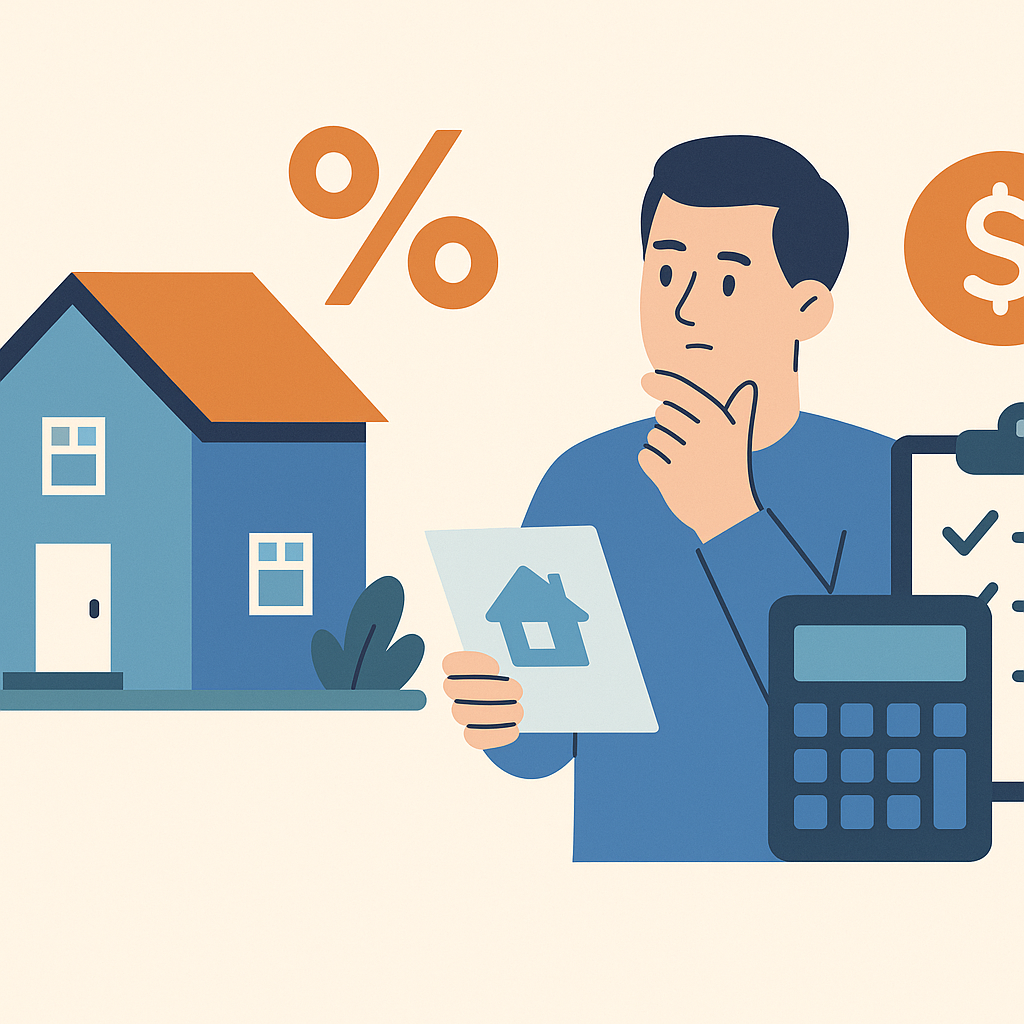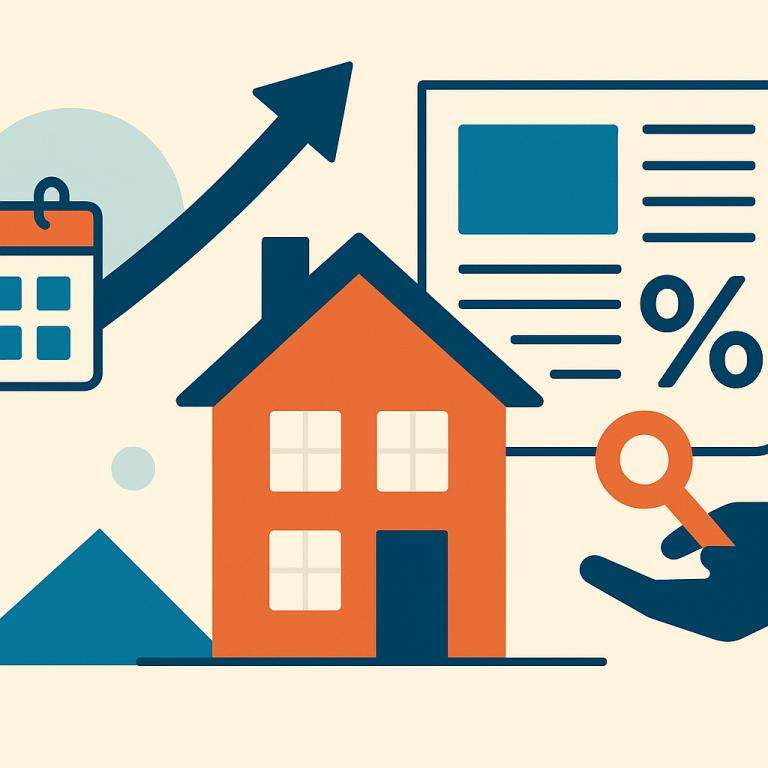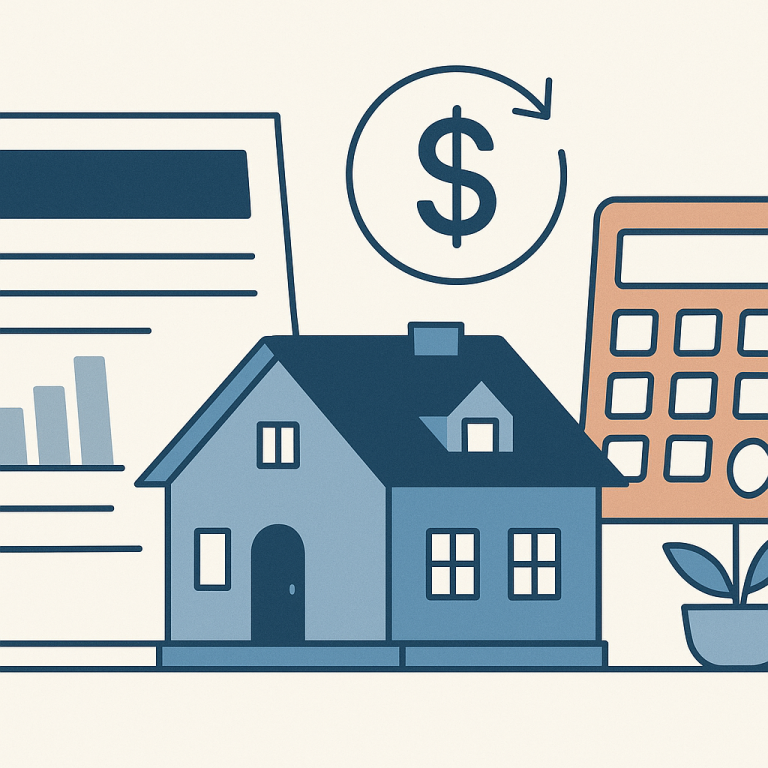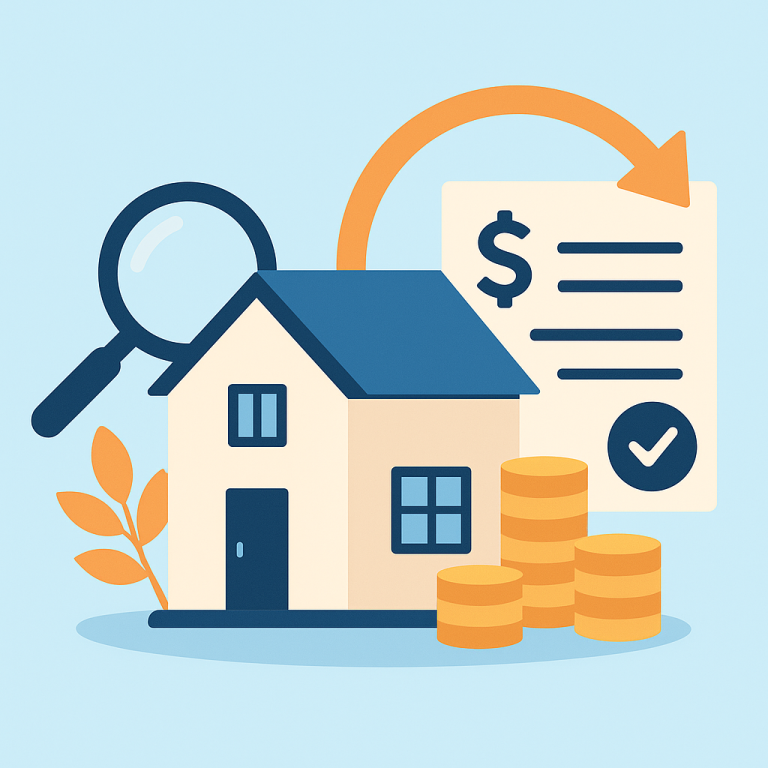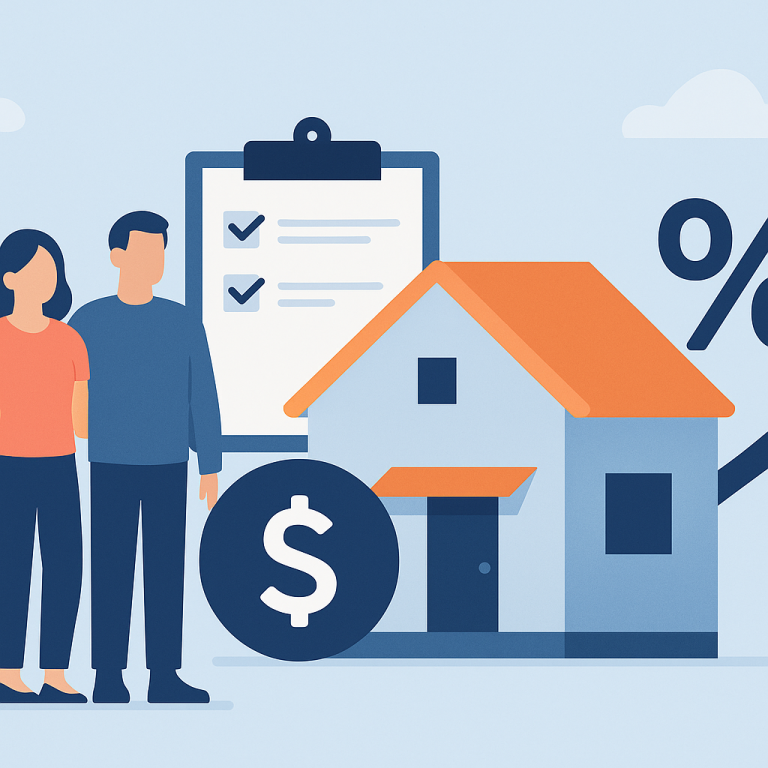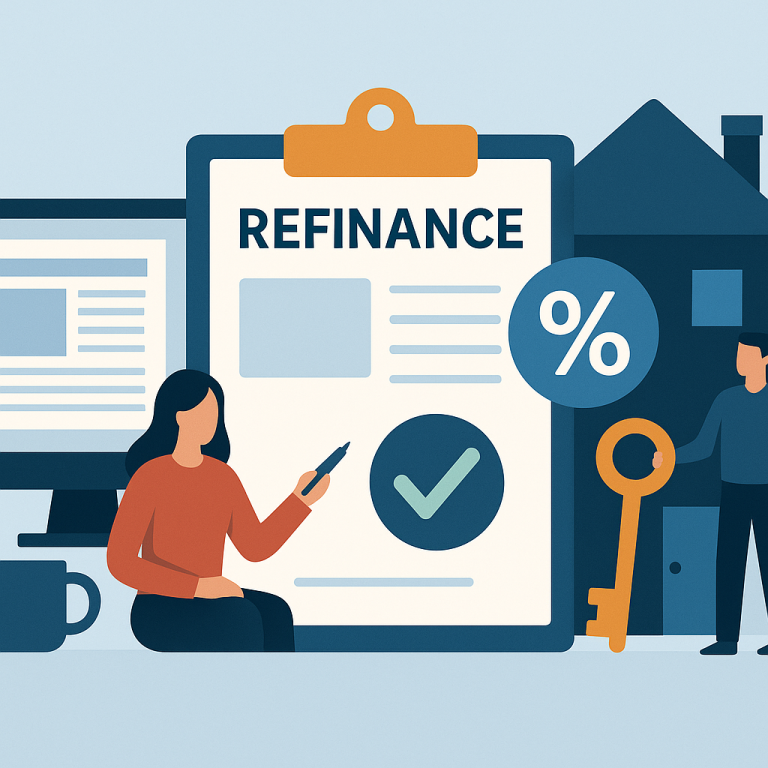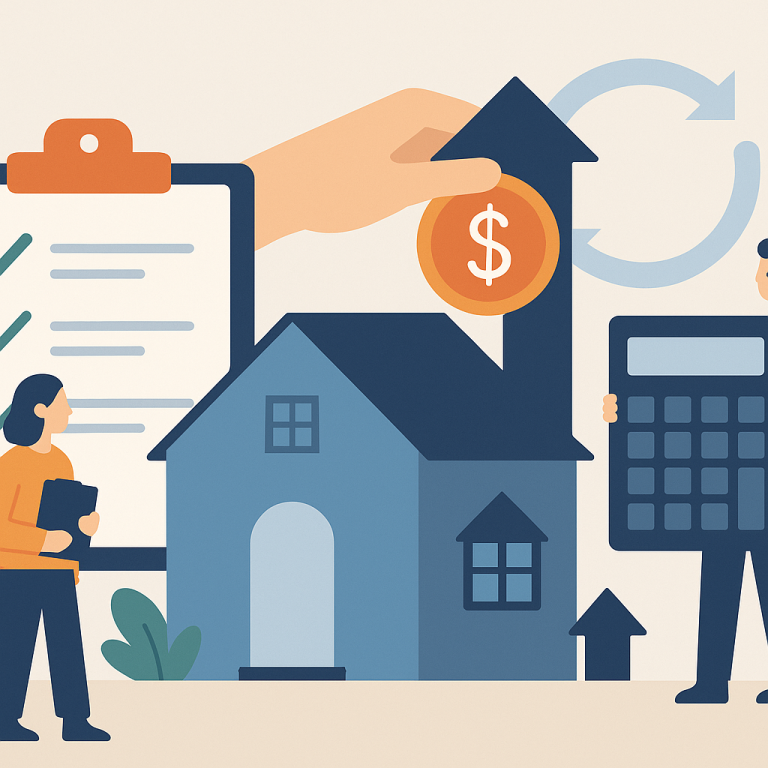Refinance guide cash-out limits by occupancy and property type
Cash-Out Limits by Occupancy and Property Type — What Homeowners Need to Know
When you do a cash-out refinance, you replace your existing mortgage with a new, larger loan and take the difference in cash. How much you can borrow depends heavily on two things: the property’s occupancy (primary residence, second home, investment property) and its type (single-family, condo, multi-unit). Below is a practical guide to typical limits, costs, benefits and risks, and the refinance steps so you can decide whether a cash-out makes sense.
What it is and when a cash-out refinance makes sense
A cash-out refinance converts home equity into cash while creating a new first mortgage. Common reasons to do it include consolidating high-interest debt, funding home improvements, paying for college, or investing in another property. It makes sense when:
- You have sufficient equity (typically 20%+).
- The new interest rate and loan terms justify closing costs and risks.
- Proceeds will be used for higher-value purposes than the refinance cost.
Typical cash-out limits by occupancy and property type
Limits vary by loan program (conventional/Fannie-Freddie, FHA, VA, jumbo) and lender. Below are common, approximate guidelines — always confirm with your lender for specific products.
- Primary residence (single-family): Conventional cash-out loans typically allow up to about 80% loan-to-value (LTV). FHA cash-out also commonly maxes at 80% but is only available for owner-occupied primary residences.
- Second home: Conventional cash-out is generally capped near 75–80% LTV, but lenders often impose stricter underwriting and lower LTVs than for a primary residence.
- Investment property (non-owner-occupied): Conventional cash-out LTVs are typically lower — often around 70–75% for single-unit rentals, and lower for multi-unit properties. Many government programs do not allow cash-out on investment properties.
- 2–4 unit properties: If owner-occupied (you live in one unit), conventional cash-out limits are often slightly lower than single-family limits (e.g., 75–80%); for pure investment 2–4 units, LTV caps are usually lower still.
- Condos and co-ops: Limits can mirror single-family rules but lenders and insurers may impose stricter reserves, owner-occupancy requirements, or lower LTVs based on project approval.
- Jumbo loans: For higher-balance loans, cash-out LTVs are often 70–75% or lower, depending on the lender.
- VA cash-out: The VA has a specific cash-out program that can be more flexible than some conventional limits in certain cases, but lender overlays, entitlement considerations, and funding fees apply.
Benefits and drawbacks
Benefits:
- Access to a large sum of cash at a relatively low interest rate compared with unsecured debt.
- Potential to consolidate high-interest debt or make value-adding home improvements.
- Possible tax advantages if proceeds are used for home improvements (check a tax advisor).
Drawbacks:
- You’re increasing mortgage debt and extending or restarting the amortization schedule.
- Higher interest rates and stricter requirements for cash-out vs rate-and-term refinances.
- Closing costs, potential mortgage insurance, and other fees can be substantial.
- Using equity reduces your safety cushion and increases risk of negative equity if home prices decline.
Costs and fees to expect
Typical costs include:
- Appraisal fee ($300–$700+ depending on property and location).
- Origination fee/points (commonly 0.5%–1% of the loan amount, if charged).
- Title search, title insurance, escrow/closing fees, and recording fees.
- Private mortgage insurance (PMI) for conventional loans if post-refinance LTV exceeds lender thresholds; FHA mortgage insurance premiums apply to FHA loans; VA funding fee applies to VA cash-outs.
- Prepayment penalties are rare but check your existing loan terms.
Step-by-step cash-out refinance process
- Estimate your equity: Subtract your current mortgage balance from the estimated market value of your home.
- Decide how much cash you want and what LTV that would create. Compare to typical program limits.
- Shop lenders and get prequalified to compare rates, fees, and maximum CLTVs (combined LTV if you have a HELOC).
- Choose a loan program (conventional, FHA, VA, jumbo) that fits your occupancy and property type.
- Apply and provide documentation (income, assets, tax returns, property details).
- Order appraisal and underwriting. Appraisal can lower the available cash if value comes in below expectation.
- Review loan estimate and closing disclosure, then close the loan and receive funds (after payoff of existing mortgage and closing costs).
Common pitfalls to avoid
- Overleveraging: Don’t borrow the maximum just because you can — keep reserves for emergencies and to protect against market downturns.
- Ignoring PMI/MIP: If your new LTV triggers mortgage insurance, calculate how it affects monthly payments and total cost.
- Assuming cash-out proceeds are tax-free in all situations — they generally aren’t taxable income, but deductibility depends on use and tax law.
- Failing to account for closing costs: These can erase the financial benefit of a lower rate or replacing smaller debts.
- Not checking lender overlays: Even if a government program allows a certain LTV, many lenders impose stricter limits.
- Skipping a contingency plan if the appraisal or underwriting reduces the loan size.
Short FAQ
How much can I borrow with a cash-out refinance?
It depends on occupancy, property type, and loan program. Typical conventional limits are around 80% LTV for primary residences, lower for second homes and investments. FHA cash-out is generally for primary residences and commonly maxes at about 80% LTV. Check lenders for exact limits and overlays.
Can I do a cash-out on a rental property?
Yes, but limits are stricter and many government-backed programs don’t allow cash-out on investment properties. Conventional lenders often cap cash-out LTVs for investment property lower than for owner-occupied homes.
Will a cash-out refinance affect my interest rate?
Cash-out refinances often carry slightly higher rates than rate-and-term refinances. Your credit, loan-to-value, and the chosen program all affect the rate.
Are cash-out proceeds taxable?
Cash-out funds are not typically treated as taxable income. However, tax treatment can vary based on how proceeds are used and current tax rules. Consult a tax professional for specific guidance.
Deciding whether to do a cash-out refinance requires evaluating how much you can safely borrow by occupancy and property type, comparing programs, and running the numbers on costs versus benefits. Shop lenders, confirm program limits for your situation, and avoid borrowing more than you truly need.
META: cash-out limits occupancy property type LTV ranges typical fees pitfalls FAQs

